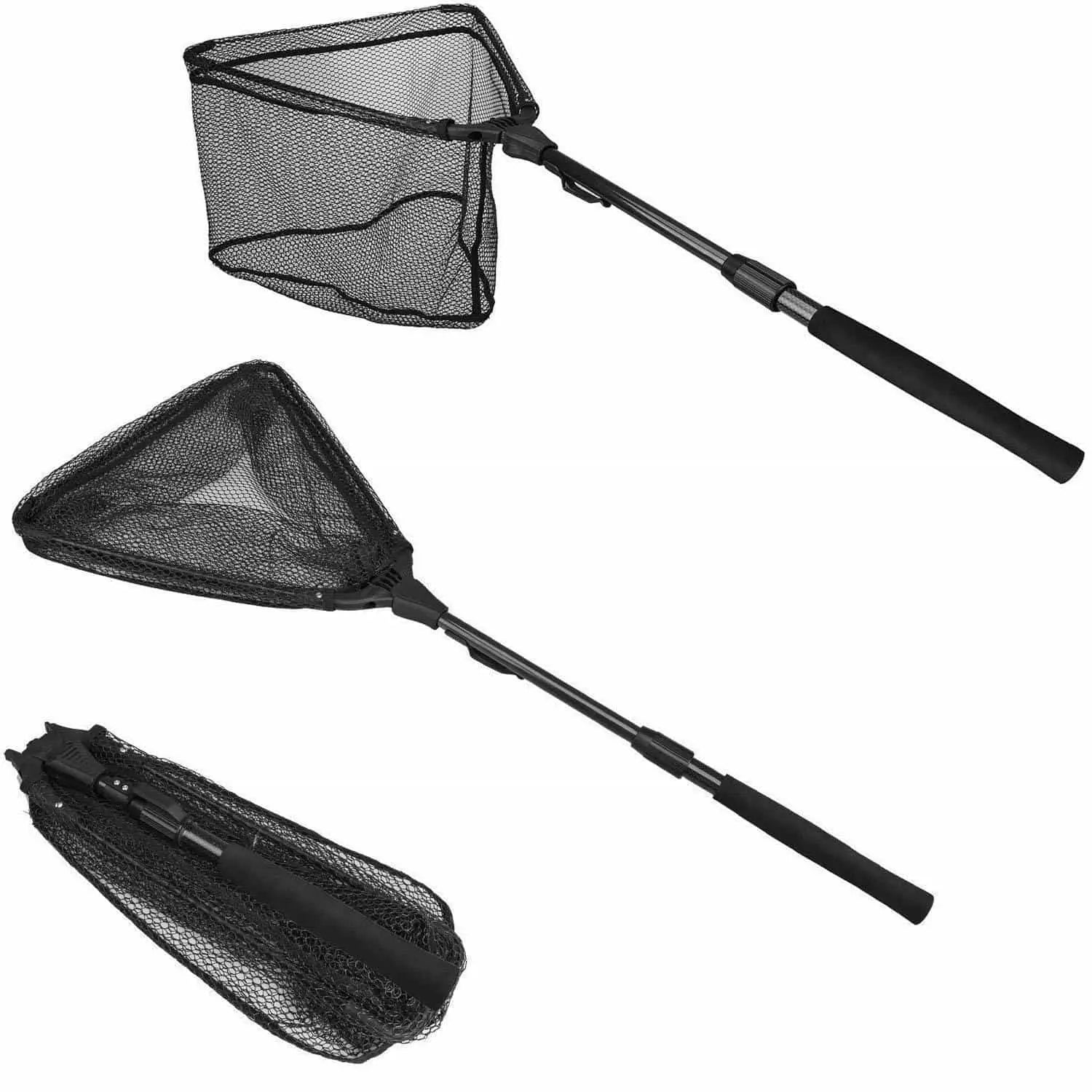When it comes to the fishing industry, responsible use of fishing nets is crucial for the sustainability of our oceans and the preservation of marine life. Fishing net regulations and best practices play a vital role in ensuring that fishing activities are conducted in an environmentally friendly and ethical manner. In this article, we will explore the importance of these regulations and best practices, as well as provide insights into how they can be implemented effectively.
The Need for Fishing Net Regulations
Fishing nets are essential tools for commercial and recreational fishing. However, their improper use can have devastating consequences on marine ecosystems. Overfishing, bycatch, and habitat destruction are just a few of the issues that arise from irresponsible fishing practices. Fishing net regulations aim to address these concerns by setting guidelines and restrictions on the use of fishing nets.
One of the key aspects of fishing net regulations is the establishment of mesh size limits. Mesh size determines the size of the fish that can escape from the net, allowing smaller and juvenile fish to grow and reproduce. By implementing mesh size limits, fishing net regulations help in maintaining healthy fish populations and preventing the depletion of certain species.
Best Practices for Responsible Fishing Net Use
While fishing net regulations provide a framework for responsible fishing, it is equally important for fishermen to adopt best practices that go beyond mere compliance. These best practices ensure that fishing activities have minimal impact on the environment and promote sustainable fishing practices.
Selective Fishing Techniques
One of the best practices in fishing net use is the adoption of selective fishing techniques. Selective fishing techniques involve using nets that target specific species while minimizing bycatch. Bycatch refers to the unintentional capture of non-target species, such as dolphins, turtles, or seabirds. Selective fishing techniques reduce the ecological impact of fishing and help protect vulnerable species.
Regular Inspection and Maintenance
Regular inspection and maintenance of fishing nets are crucial to ensure their effectiveness and prevent unnecessary damage to marine ecosystems. Nets should be regularly checked for wear and tear, and any damaged sections should be repaired or replaced promptly. This practice not only extends the lifespan of the nets but also reduces the risk of entanglement and ghost fishing, where abandoned nets continue to trap and kill marine life.
Implementing Fishing Net Regulations and Best Practices
Implementing fishing net regulations and best practices requires collaboration between governments, fishing communities, and relevant stakeholders. It is essential to raise awareness about the importance of responsible fishing practices and provide education and training to fishermen on the proper use of fishing nets.
Furthermore, effective monitoring and enforcement of fishing net regulations are crucial to ensure compliance. This can be achieved through the use of technology, such as satellite tracking systems, to monitor fishing activities and detect any violations. Additionally, penalties and incentives can be introduced to encourage fishermen to adhere to the regulations and adopt best practices voluntarily.
Conclusion
Fishing net regulations and best practices are essential for ensuring responsible use of fishing nets in the industry. By implementing these regulations and adopting best practices, we can protect marine ecosystems, preserve fish populations, and promote sustainable fishing practices. It is the collective responsibility of governments, fishing communities, and consumers to support and enforce these regulations to secure the future of our oceans.
